Controlling Asparagus Beetles: Organic Treatment For Asparagus Beetles
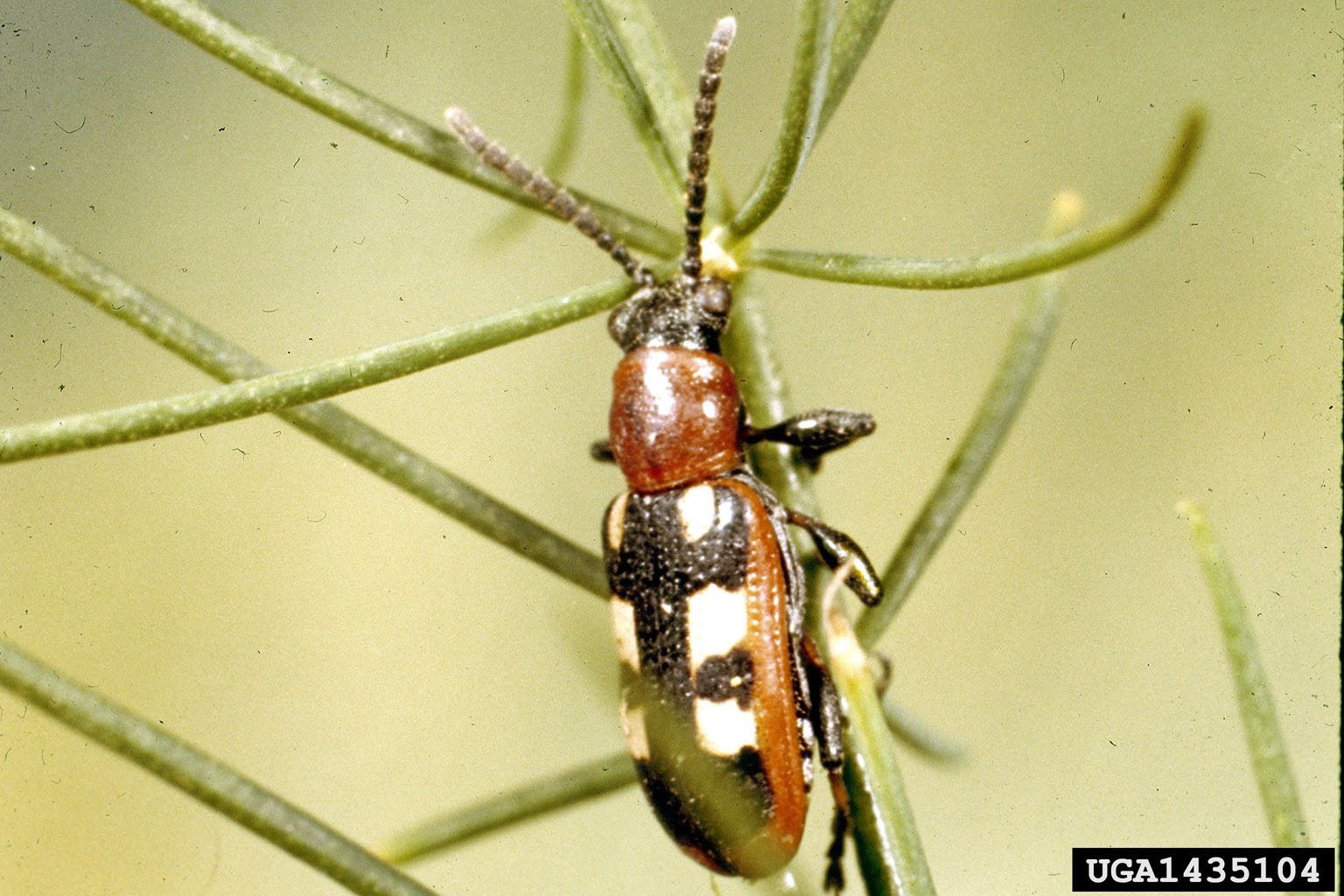

The sudden appearance of colorful orange and black beetles in your garden may feel like a good omen -- after all, they're cheery and look sort of like ladybugs. Don't be fooled. Despite the similar coloration, asparagus beetles on plants spell trouble.
Controlling Asparagus Beetles
There are two main types of asparagus beetle: the common asparagus beetle and the spotted asparagus beetle. Both are primarily orange, but the common asparagus beetle has black wings dotted with white, while the spotted asparagus beetle is entirely orange dotted with black. Controlling asparagus beetles is the same, however, regardless of species. Asparagus beetles are (not surprisingly) most common and damaging on asparagus plants. Both adults and larvae feed on the spears and tips, scarring them. Spears become extremely unappetizing when frass is staining them and eggs are deposited in the tips. In addition, the larvae of the spotted asparagus beetle will feed inside developing berries and consume foliage.
How to Get Rid of Asparagus Beetles
In most situations, organic treatment for asparagus beetles is recommended, unless populations are enormous or asparagus plants are in serious danger. As soon as you notice asparagus beetles, begin hand picking them daily, tossing them into a bucket of soapy water. If you see any brown eggs on spears, make sure to scrape those as well. Cutting asparagus shoots as they appear and leaving no more than two days between harvests can help prevent eggs from hatching. Even if the spears are contaminated with eggs, cut them as soon as they are large enough to harvest. Neem oil can be applied to plantings that have serious infestations, especially in years when harvesting is not recommended. Coat the spears thoroughly, applying neem to new spears each week. Collecting berries at the end of the season can help keep spotted asparagus beetles at bay. If asparagus beetle on plants are severe and immediate control is necessary to save your asparagus, both pyrethrin and malathion can be used without causing serious harm to beneficial insects. These chemicals are short-acting, lasting only a few days, but potent. Beetles that keep coming and coming on an asparagus path may be knocked back with permethrin, but be aware that this chemical has a much longer duration and will kill most insects that contact the asparagus stand.
Gardening tips, videos, info and more delivered right to your inbox!
Sign up for the Gardening Know How newsletter today and receive a free copy of our e-book "How to Grow Delicious Tomatoes".

Kristi Waterworth was a regular contributor to Gardening Know How for many years, answering countless queries on plant pests and diseases.
-
 My Homemade Orchid Fertilizer Always Brings More Blooms – Here's The Easy Recipe That Transforms Plants
My Homemade Orchid Fertilizer Always Brings More Blooms – Here's The Easy Recipe That Transforms PlantsScientist-turned-gardener Mary Ellen Ellis shares her tried-and-tested DIY orchid fertilizer recipe, plus more ingredients to try for healthy, happy plants.
By Mary Ellen Ellis
-
 Looking For Plants To Give You The Soft And Fuzzies? Try These 5 Fuzzy Leaf Plant Options
Looking For Plants To Give You The Soft And Fuzzies? Try These 5 Fuzzy Leaf Plant OptionsLovers of texture, drama, silver foliage and tactile plants will adore these special sensory garden additions. These fuzzy leaf plant options will leave you all aglow
By Susan Albert
-
 What Is White Asparagus – How Does White Asparagus Grow
What Is White Asparagus – How Does White Asparagus GrowHere's a real head-scratcher. There are no varieties of white asparagus! So how does white asparagus grow? Read on to find out.
By Laura Miller
-
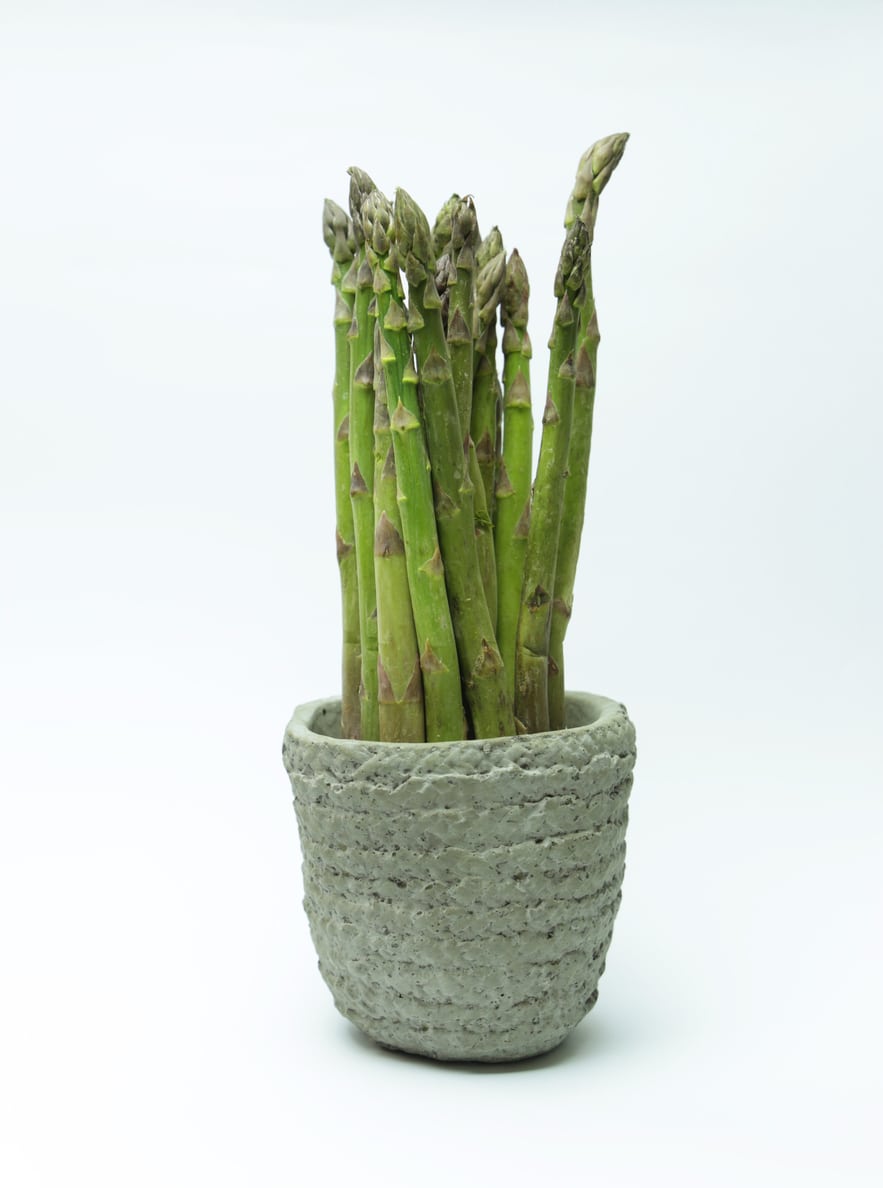 Potted Asparagus Plants – Can You Grow Asparagus In Containers
Potted Asparagus Plants – Can You Grow Asparagus In ContainersThe introduction of new asparagus cultivars has made the process of growing and caring for these plants easier than ever before. But can you grow asparagus in a pot? Click on the following article to learn more about container grown asparagus plants.
By Tonya Barnett
-
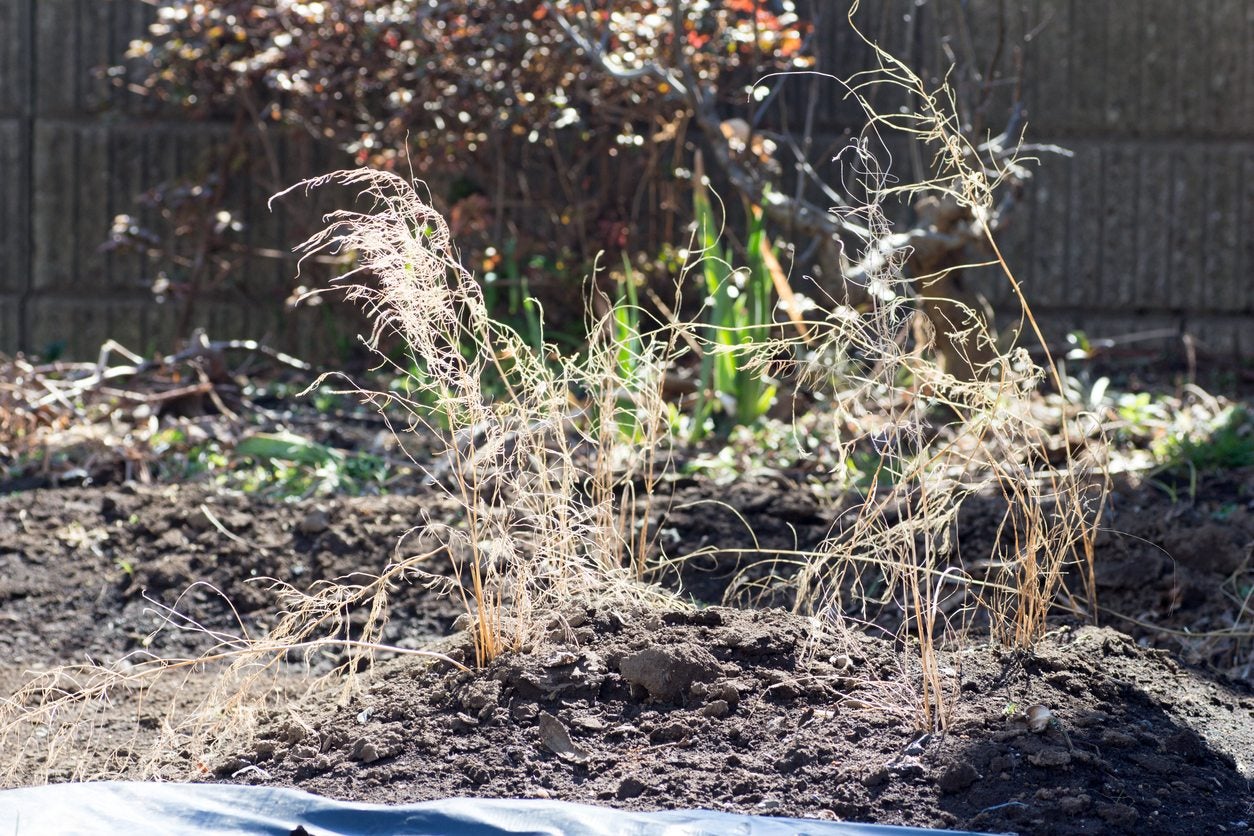 Asparagus Winter Care: Tips On Winterizing Asparagus Beds
Asparagus Winter Care: Tips On Winterizing Asparagus BedsOnce established, asparagus is fairly low maintenance with the exception of keeping the area weed free and watering, but what about overwintering asparagus plants? Do asparagus need winter protection? Find out in this article.
By Amy Grant
-
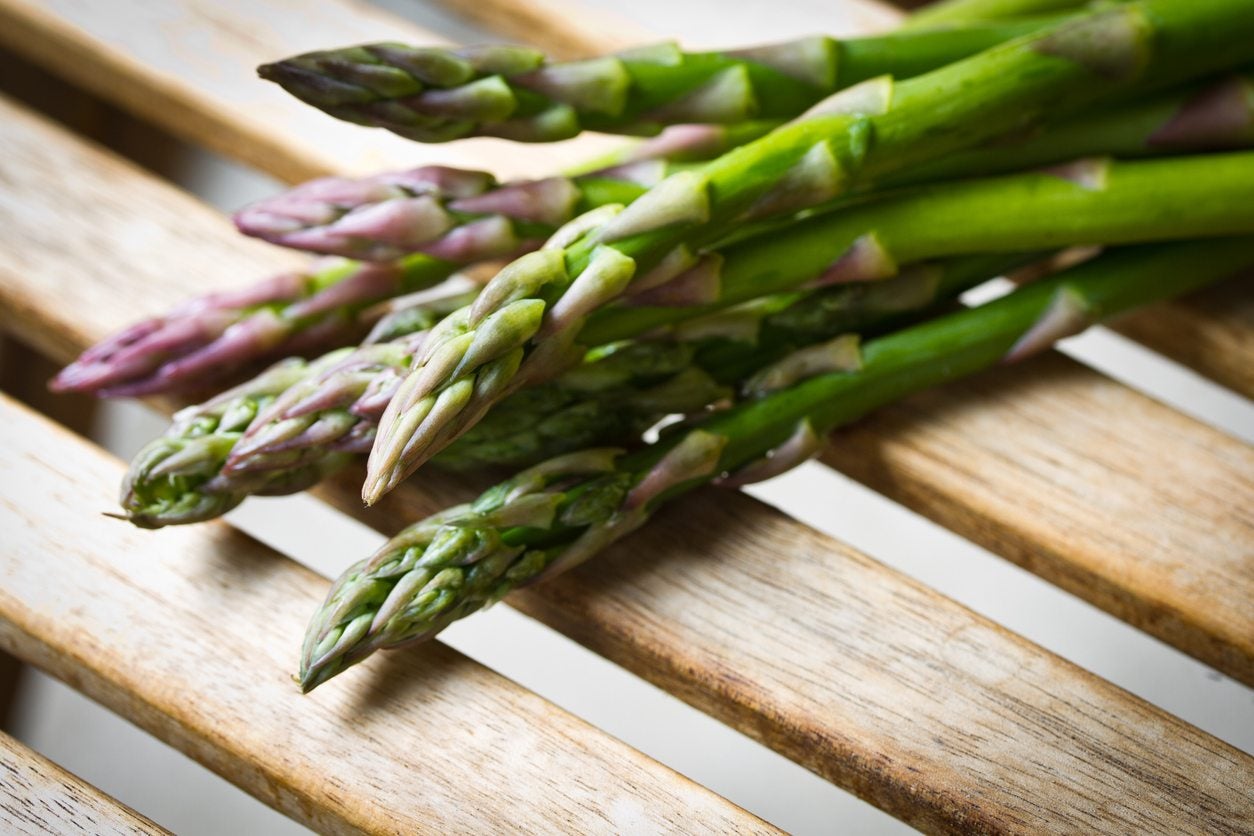 What’s The Difference Between Male And Female Asparagus Plants
What’s The Difference Between Male And Female Asparagus PlantsWe all know that some plants have male reproductive organs and some have female and some have both. How about asparagus? Are there really male or female asparagus? If so, what's the difference between male and female asparagus? Find out here.
By Amy Grant
-
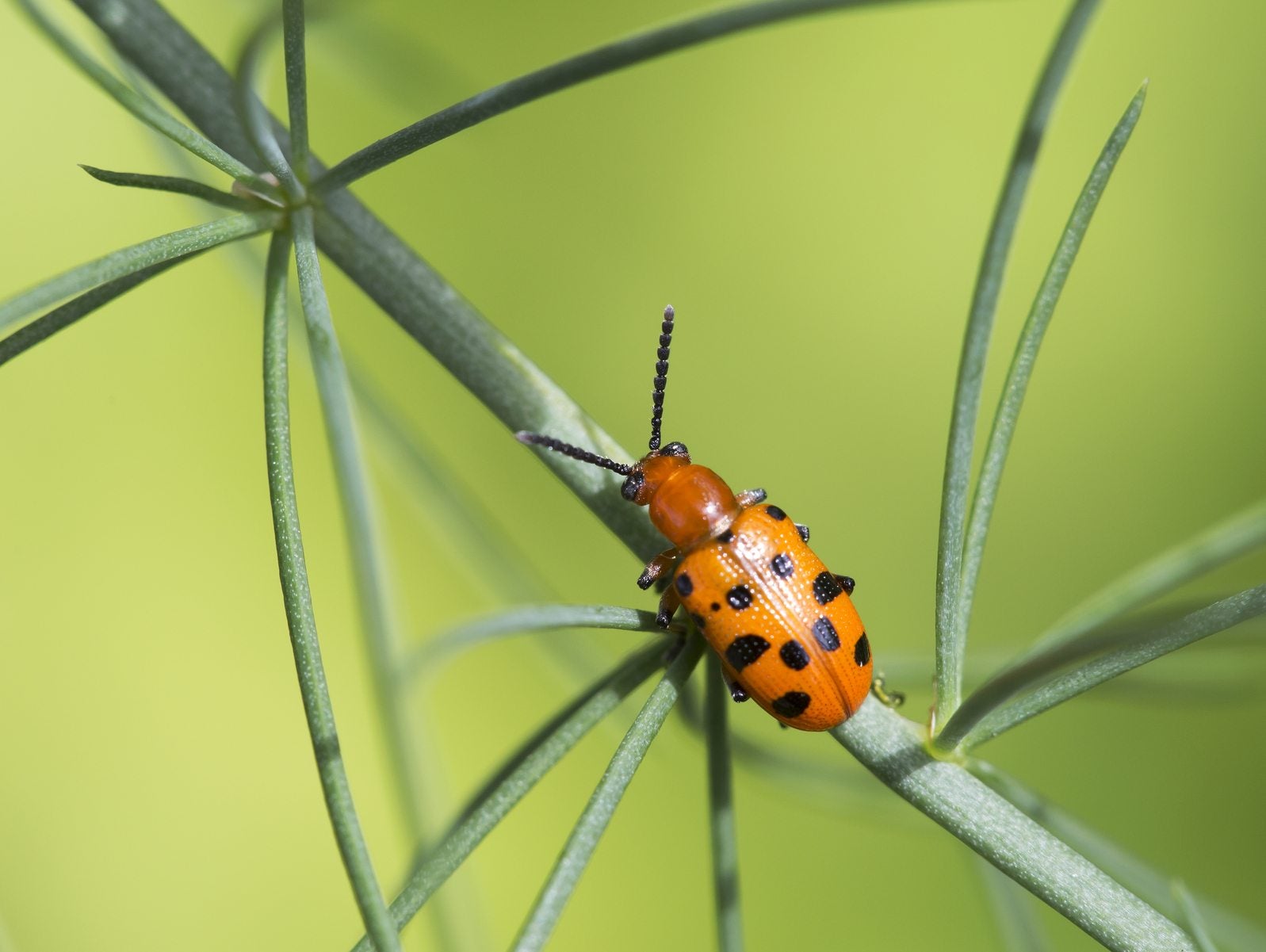 Spotted Asparagus Beetle Facts: Controlling Spotted Asparagus Beetles In Gardens
Spotted Asparagus Beetle Facts: Controlling Spotted Asparagus Beetles In GardensIt can be especially devastating when an asparagus patch falls victim to pests. One very common asparagus pest is the spotted asparagus beetle. Learn some spotted asparagus beetle facts and how to prevent spotted asparagus beetles in this article.
By Liz Baessler
-
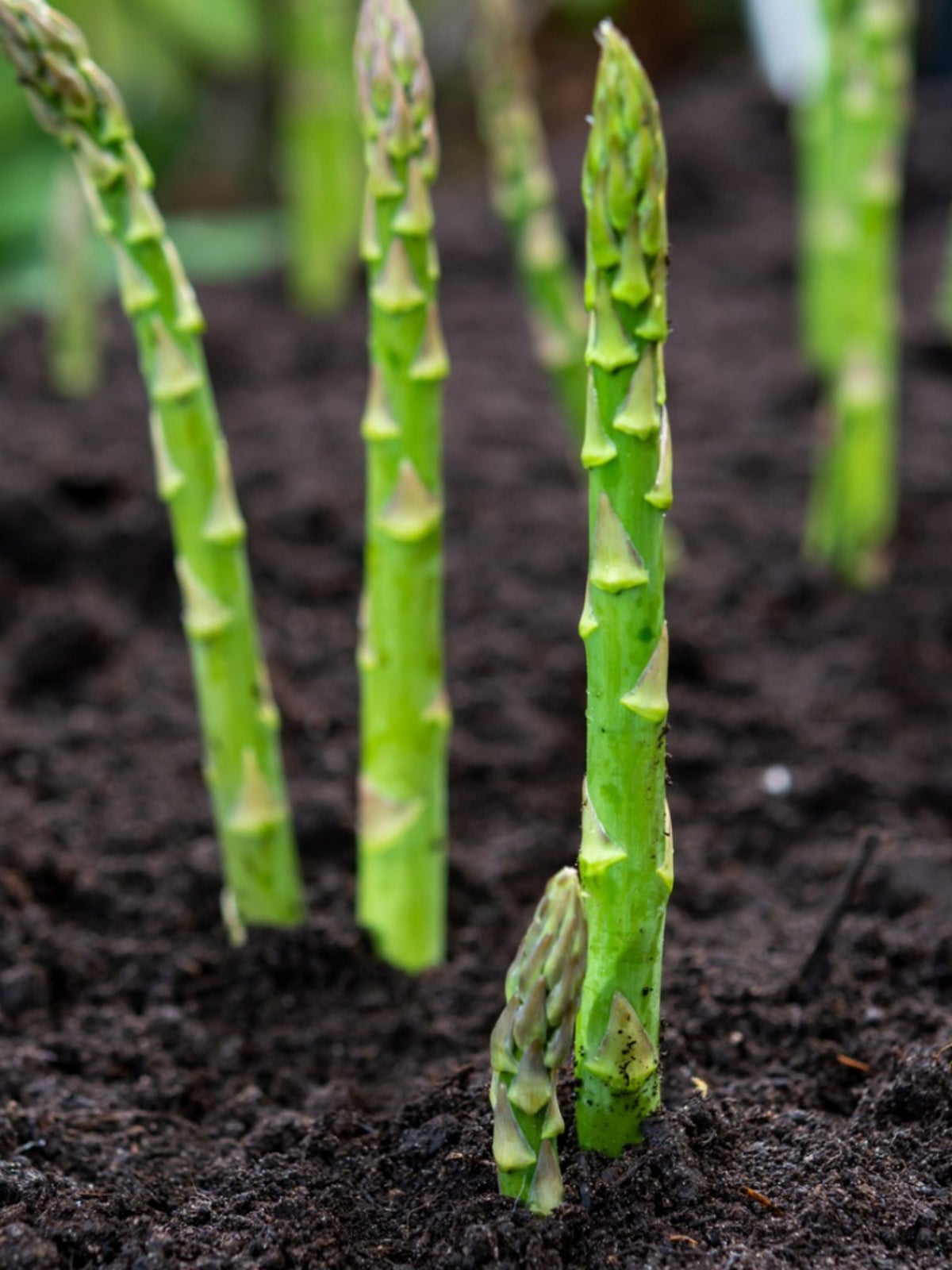 What Is Asparagus Rust: Tips On Treating Rust In Asparagus Plants
What Is Asparagus Rust: Tips On Treating Rust In Asparagus PlantsAsparagus rust disease is a common but extremely destructive plant disease that has affected asparagus crops around the world. Learn more about asparagus rust control and treatment in your garden using information from this article.
By Mary H. Dyer
-
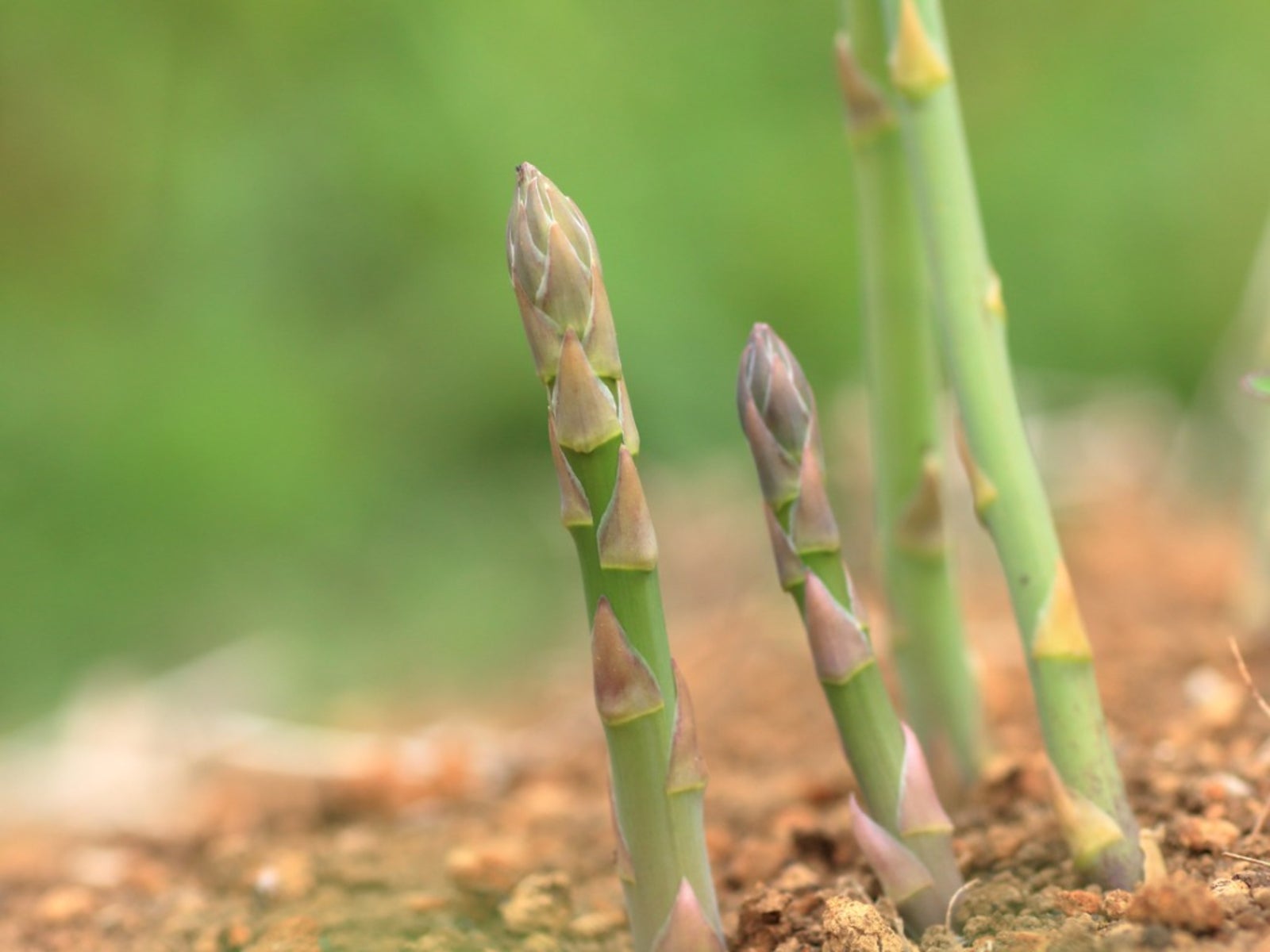 Rotting Asparagus Plants: Treating Asparagus Crown And Root Rot
Rotting Asparagus Plants: Treating Asparagus Crown And Root RotAsparagus crown and root rot is one of the most economically disastrous diseases of the crop worldwide. Asparagus crown rot is caused by three species of Fusarium. Learn more about controlling asparagus fusarium crown rot and root rot here.
By Amy Grant
-
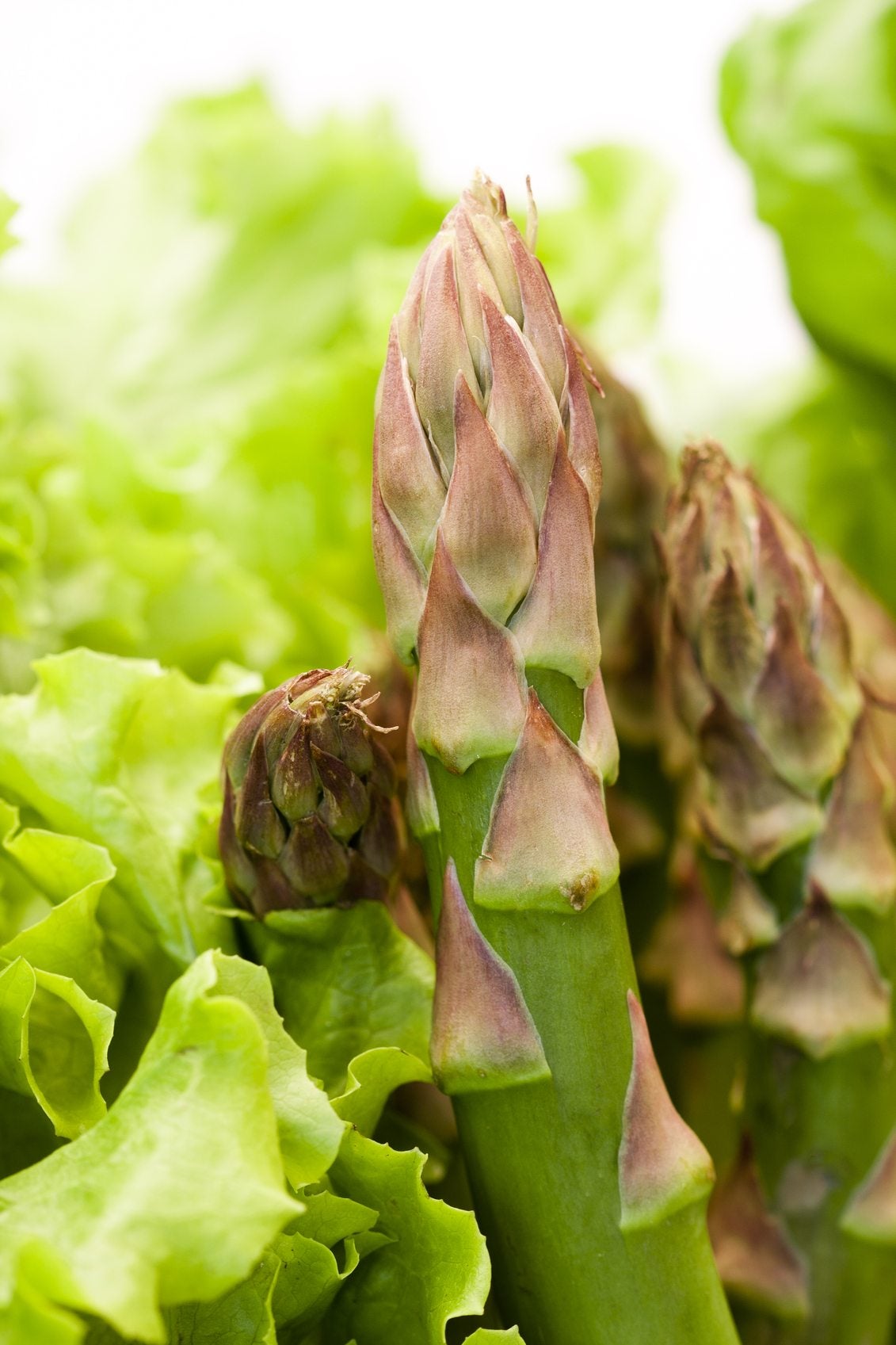 Asparagus Companion Plants – What Grows Well With Asparagus
Asparagus Companion Plants – What Grows Well With AsparagusAsparagus plant companions are plants that have a symbiotic relationship, one that is mutually beneficial to each. In the following article, we will discuss the benefits of companion planting with asparagus and what grows well with asparagus.
By Amy Grant